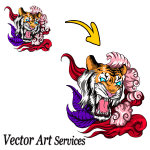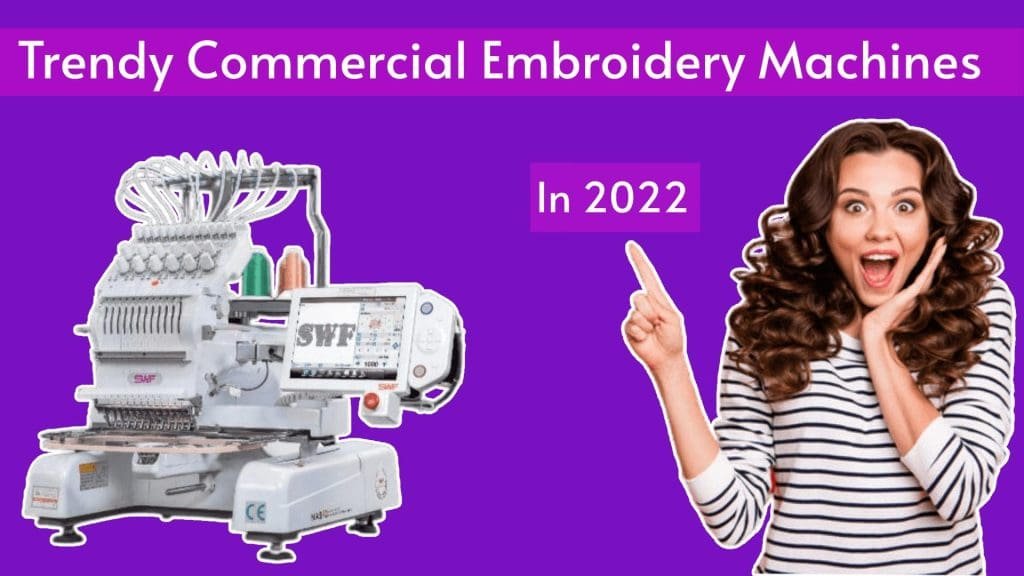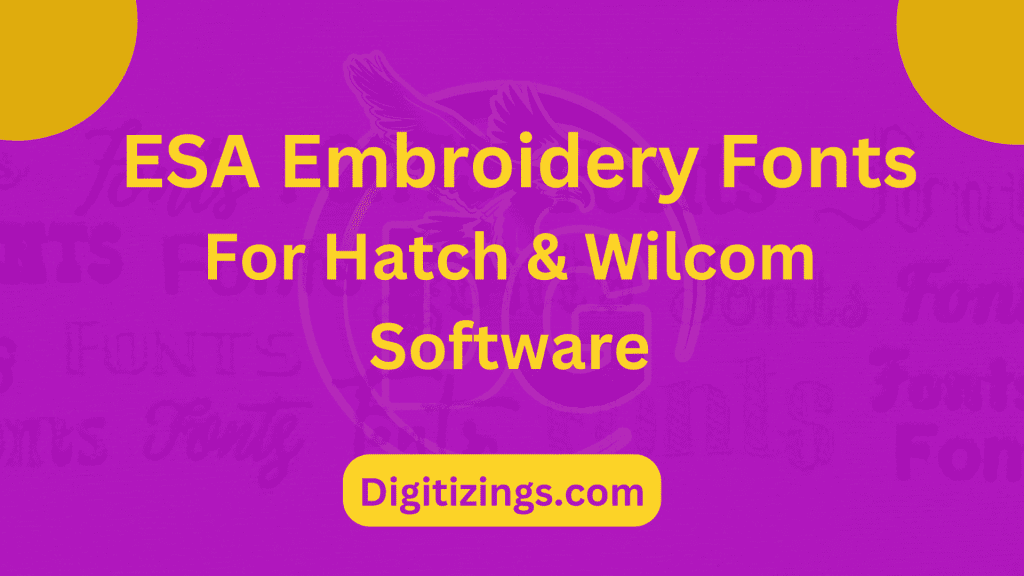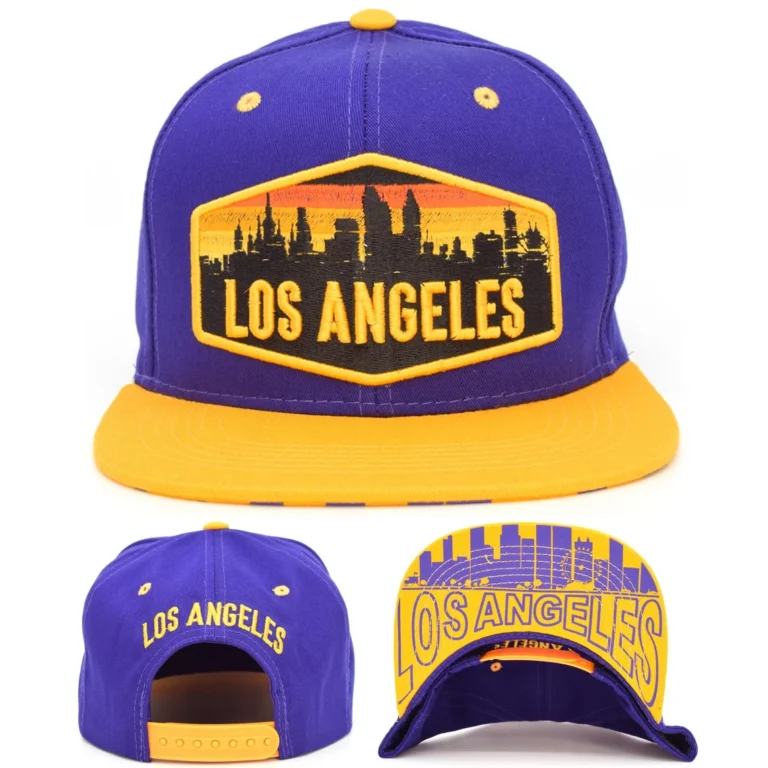Tips for Choosing The Best Embroidery Font Designs
Tips for Choosing The Best Embroidery Font Designs
Embroidery font selection goes beyond just looks; it’s a critical factor that impacts the overall quality and effectiveness of embroidered projects. The choice of embroidery letter patterns plays a pivotal role in determining the visual appeal of the design and how effectively messages are conveyed.

Overview Of The Best Embroidery Font Designs
This guide is dedicated to offering readers valuable insights and considerations to navigate the vast array of options and pick the most suitable embroidery font for their projects. Embroidery fonts offer a wide spectrum of lettering styles, ranging from elegant script fonts to timeless serif and contemporary sans-serif fonts. Each font type brings its own distinct charm and character to the design, influencing its overall aesthetic appeal. Understanding the nuances of various embroidery fonts enables readers to grasp their versatility and potential in enhancing the visual impact of their creations.
With this knowledge, readers can make informed decisions when selecting embroidery fonts that best complement their projects.
Table of Contents
Researching and Exploring Options
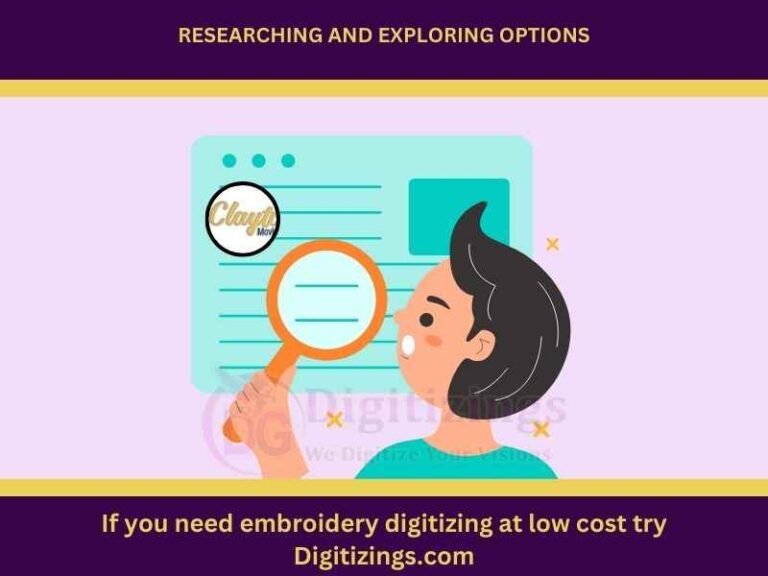
Researching and exploring options for embroidery fonts is a crucial step in finding the perfect fit for your project. One valuable resource is online embroidery font libraries. These libraries offer a wide range of font options, allowing you to browse through various styles and designs conveniently.
Many websites provide previews of each font, along with information on its characteristics and suitability for different types of projects. By exploring these libraries, you can discover fonts that align with your aesthetic preferences and project requirements, making the selection process more manageable. Furthermore, reviewing and comparing different font styles and designs is essential for making an informed decision.
Take the time to analyze various fonts, considering factors such as style, legibility, and compatibility with your project’s theme. Create a shortlist of fonts that stand out to you and compare them side by side. Pay attention to details like letter shapes, spacing, and overall appearance to determine which fonts best suit your needs. This process allows you to narrow down your options and focus on fonts that are most likely to enhance your embroidery project. Additionally, seeking inspiration from embroidery communities and forums can provide valuable insights and ideas. Engaging with fellow embroidery enthusiasts allows you to learn from their experiences and discover new font styles and designs. Participating in discussions, sharing your own projects, and seeking feedback from others can broaden your perspective and inspire creativity.
These communities often showcase a diverse range of embroidery work, offering endless inspiration for your own projects. By immersing yourself in these communities, you can stay updated on the latest trends and techniques in embroidery font selection.
If you’re looking for a top-quality embroidery design digitizing & vector art service, look no further than ours! With quick turnaround times and excellent quality, we’re the perfect choice for anyone looking for a reliable and affordable option.
Get 50% OFF On Your First Order Always get a preview before you pay so that you know exactly what your design will look like. We guarantee you won’t be disappointed!
Testing and Evaluation

Testing and evaluation play pivotal roles in ensuring the efficacy and quality of selected embroidery fonts. Primarily, testing embroidery fonts on sample materials is crucial to gauge their compatibility with the chosen fabric and thread.
Different fabrics and threads can yield varied results when embroidered, impacting factors like stitch density and text clarity. Through meticulous testing on sample materials, one can accurately assess how well each font performs on the intended fabric, guaranteeing the final embroidery meets desired standards of quality and appearance. Furthermore, testing allows for a practical assessment of how different fonts translate into embroidered designs. While a font may appear visually appealing on screen or in print, its embroidered rendition may present unforeseen challenges.
By stitching out samples of each font, one gains insight into their legibility, clarity, and overall visual impact when embroidered. This hands-on approach empowers individuals to make informed decisions regarding font selection, ensuring that the chosen font aligns with project requirements and aesthetic preferences.
Choosing The Best Font
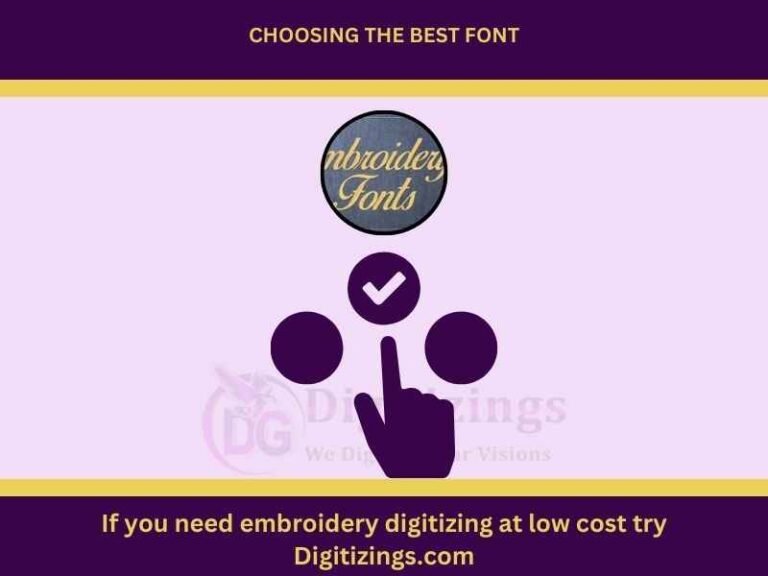
When Choosing the best font, it’s crucial to finalize choices through thorough research and evaluation. This process involves considering factors like style, legibility, and how well the font suits the project. Each font’s characteristics should be carefully assessed against the specific requirements of the project to narrow down options effectively.
Additionally, it’s essential to seek feedback from peers or clients. Their input can offer valuable insights and perspectives that may not have been considered initially. Constructively considering this feedback during the decision-making process can help ensure that the chosen font aligns well with the project’s goals and requirements.
Ultimately, the final decision should be based on a combination of personal preference and alignment with project needs. Consider your own aesthetic preferences, as well as the intended audience and purpose of the project. The chosen font should not only meet functional requirements but also resonate with the overall vision and goals of the project.
Tips for Choosing The Best Embroidery Font
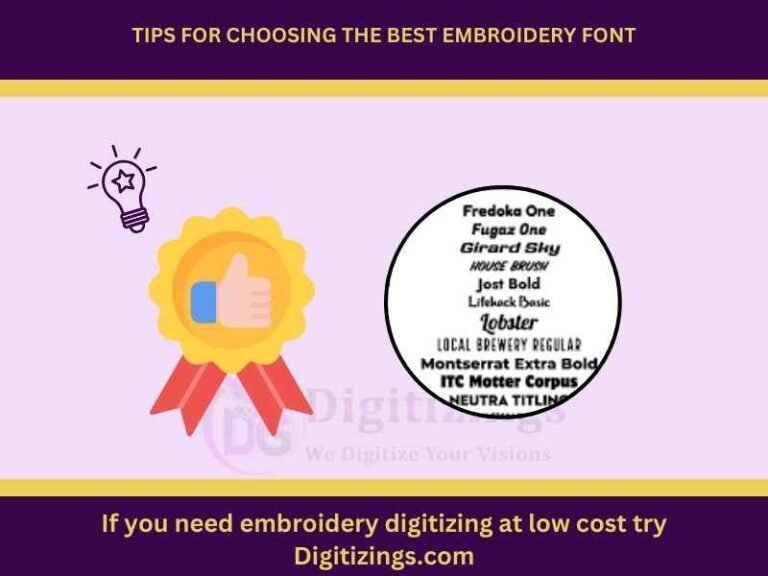
Here are some tips for choosing the best embroidery font:
Contextual Understanding: Each embroidery project is unique, with specific requirements and objectives. Understanding the context in which the embroidery will be used is crucial for selecting the most appropriate font. For instance, a playful script font might be suitable for a children’s clothing brand, while a clean sans-serif font may be more fitting for corporate apparel. By aligning the font choice with the project’s context, you ensure that it effectively communicates the intended message to the target audience.
Legibility as Priority: Legibility is paramount in embroidery, especially when the text serves a functional purpose such as labeling or branding. Fonts with intricate details or overly decorative elements may hinder legibility, particularly when embroidered on textured fabrics. Opt for clear, simple, and well-defined fonts to ensure easy readability, even from a distance.
Stitch Sample Testing: Before finalizing the embroidery, stitch out a sample of the chosen font to evaluate its suitability. Factors like thread tension, fabric type, and stitch density can impact the appearance of the embroidered text. Testing a sample allows you to identify any issues or areas for improvement and make necessary adjustments to achieve the desired outcome. Size and Scale Consideration: The size of the embroidery area determines the appropriate font size for optimal visibility and impact. Avoid fonts that are too small and risk losing detail and legibility or fonts that are too large and overpower the design. By considering the size and scale of the embroidery area, select a font size that fits proportionally and harmoniously within the overall design.
Balancing with Design Elements: Embroidery often involves multiple design elements such as graphics, images, or additional text. It’s essential to choose a font that complements these elements and maintains visual harmony within the overall design. Fonts should enhance, rather than detract from, the aesthetic appeal of the embroidery project. Striking the right balance between fonts and other design elements creates a cohesive and visually appealing embroidery design.
If you’re looking for a top-quality embroidery design digitizing & vector art service, look no further than ours! With quick turnaround times and excellent quality, we’re the perfect choice for anyone looking for a reliable and affordable option.
Get 50% OFF On Your First Order Always get a preview before you pay so that you know exactly what your design will look like. We guarantee you won’t be disappointed!
Conclusion
In Conclusion, selecting the right embroidery font involves careful steps like research, testing, and adapting. Exploring online font libraries, comparing styles, and getting inspired from embroidery communities helps in finding the perfect fit for your project. Testing fonts on sample materials ensures they match well with your fabric and thread choices, ensuring quality results. Also, considering how fonts look when embroidered helps make informed decisions that suit your project needs. Additionally, with user-friendly services like digitizings.com, businesses can confidently bring their creative visions to life, overcoming challenges along the way. By following these steps and utilizing available resources, both individuals and businesses can navigate through obstacles and keep their creative projects flourishing.
If you’re looking for a top-quality embroidery design digitizing & vector art service, look no further than ours! With quick turnaround times and excellent quality, we’re the perfect choice for anyone looking for a reliable and affordable option.
Get 50% OFF On Your First Order Always get a preview before you pay so that you know exactly what your design will look like. We guarantee you won’t be disappointed!
FAQ's
The best font for embroidery depends on factors like project theme, style, and audience. Popular choices include classic serif, elegant script, and clean sans-serif fonts.
A TrueType font for embroidery is a scalable font format designed for embroidery machines. It maintains quality when resized and is compatible with most embroidery software and machines.
Clean and simple fonts like sans-serif or modern serif fonts are often preferred for sewing logos. Bold characters can help the logo stand out and convey a professional image.
Consider factors such as project theme, legibility, and personal preference. Test fonts on sample materials to ensure compatibility with fabric and thread choices.
Yes, many embroidery software programs offer customization options, allowing you to adjust font size, spacing, and other attributes to fit your project’s needs.


